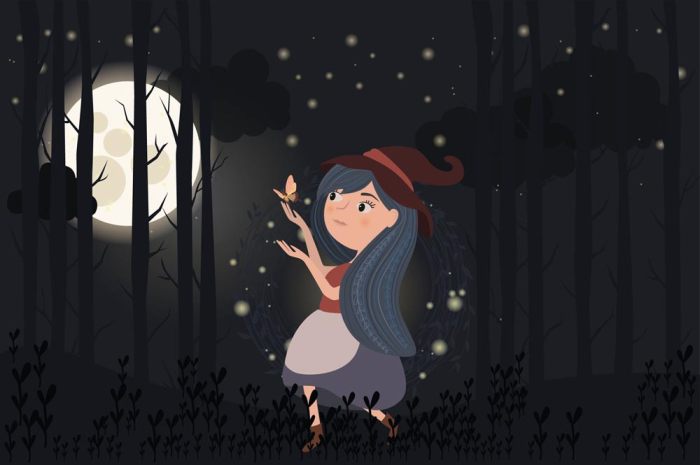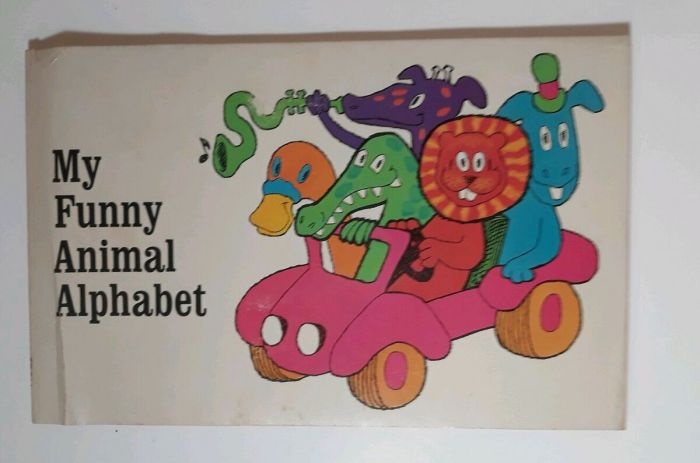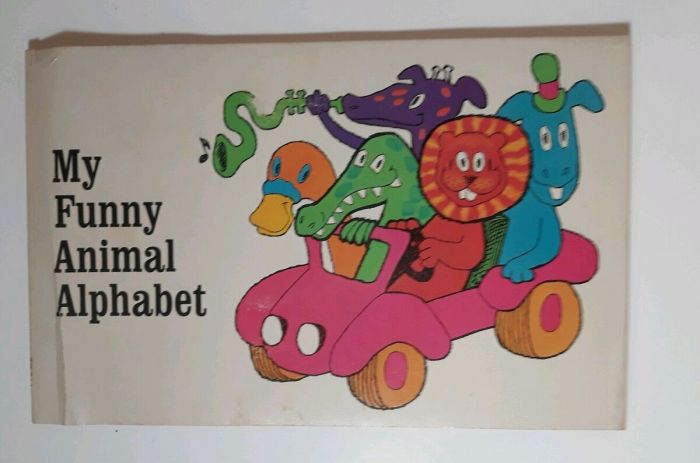Hey there, patriots! Get ready to blast off on a red, white, and blue journey through American history with a super cool illustrated book that’s perfect for little learners. This book takes you back in time to the birth of our nation, exploring the events that led to the Declaration of Independence and the fight for freedom.
It’s like a time machine, but way more fun, with awesome illustrations and engaging stories that make learning about history a total blast!
But it’s not just about the past, this book also dives into the heart of Independence Day traditions and how they’ve evolved over time. From parades and fireworks to barbecues and family gatherings, you’ll learn about all the awesome ways Americans celebrate their independence.
Plus, you’ll discover how this holiday is more than just a day off – it’s a chance to reflect on the meaning of freedom and the values that make our country special.
The History of Independence Day
Independence Day, celebrated on July 4th, is a day of national pride and remembrance in the United States. It marks the anniversary of the signing of the Declaration of Independence, a pivotal document that declared the thirteen American colonies free from British rule.
The Road to Independence
The events leading up to the Declaration of Independence were a culmination of years of growing tensions between the American colonies and Great Britain. The colonists felt that they were being unfairly taxed and governed by the British Parliament, despite having no representation in that body.
- The Stamp Act of 1765 imposed a tax on all printed materials in the colonies, sparking widespread protests and boycotts. The colonists argued that they should not be taxed without their consent.
- The Boston Tea Party of 1773, a protest against the Tea Act, further escalated tensions. The colonists, disguised as Native Americans, boarded British ships and dumped thousands of pounds of tea into Boston Harbor.
- The Coercive Acts of 1774, also known as the Intolerable Acts, were a series of punitive measures passed by the British Parliament in response to the Boston Tea Party. These acts further inflamed tensions and led to the formation of the Continental Congress, a body of delegates from the thirteen colonies.
Key Figures in the American Revolution
The American Revolution was a pivotal moment in American history, and many individuals played key roles in the fight for independence.
- George Washington, a skilled military leader, was appointed Commander-in-Chief of the Continental Army. He led the American forces to victory in the Revolutionary War.
- Thomas Jefferson, a prominent statesman and philosopher, drafted the Declaration of Independence, a document that articulated the principles of liberty, equality, and self-governance.
- Benjamin Franklin, a renowned scientist, inventor, and diplomat, played a crucial role in securing French support for the American cause.
- John Adams, a lawyer and politician, served as a delegate to the Continental Congress and was a key figure in the negotiations for independence.
Timeline of Major Events
The American Revolution was a long and complex struggle, with many key events leading up to and during the war.
| Date | Event |
|---|---|
| 1765 | The Stamp Act is passed by the British Parliament. |
| 1770 | The Boston Massacre takes place. |
| 1773 | The Boston Tea Party occurs. |
| 1774 | The First Continental Congress meets in Philadelphia. |
| 1775 | The Battles of Lexington and Concord mark the beginning of the Revolutionary War. |
| 1776 | The Declaration of Independence is signed. |
| 1781 | The British surrender at Yorktown, Virginia. |
| 1783 | The Treaty of Paris is signed, officially ending the Revolutionary War. |
Independence Day Traditions and Celebrations

Independence Day, celebrated annually on July 4th, is a time for Americans to gather with friends and family to commemorate the signing of the Declaration of Independence in 1776. This day is filled with parades, barbecues, and dazzling fireworks displays, all of which contribute to the festive atmosphere.
These traditions have evolved over time, reflecting the nation’s history and cultural values.
Popular Independence Day Traditions
The most common Independence Day traditions are parades, barbecues, and fireworks displays. These activities offer a fun and engaging way to celebrate the holiday and foster a sense of community.
Parades
Parades are a quintessential part of Independence Day celebrations. They are typically held in the morning or early afternoon and feature marching bands, floats, and local dignitaries. Parades often showcase themes related to American history, patriotism, and community pride.
Barbecues
Barbecues are a popular way to celebrate Independence Day with friends and family. People gather outdoors to enjoy grilled food, such as hamburgers, hot dogs, and corn on the cob. These events are typically casual and provide an opportunity for socializing and relaxation.
Fireworks Displays
Fireworks displays are a spectacular way to end Independence Day celebrations. They are typically held at night and feature a dazzling array of colors and patterns in the sky. Fireworks displays are often accompanied by patriotic music and create a sense of awe and wonder.
It’s the Fourth of July, and you’re looking for a fun way to teach your kids about American history. Maybe you want to tell them about the iconic rivalry between Affirmed and Alydar, a story that some folks say marks the end of an era in horse racing.
You can check out Broken The Suspicious Death of Alydar and the End of Horse Racing’s Golden Age for a look at that epic rivalry. Whatever you choose, make sure your kids have a blast celebrating Independence Day!
Historical Origins of Independence Day Traditions
The traditions associated with Independence Day have evolved over time, reflecting the nation’s history and cultural values.
Parades
Parades have been a part of American celebrations since the colonial era. Early parades were often organized to celebrate military victories or commemorate important historical events. The tradition of parades on Independence Day became popular in the 19th century.
Barbecues
Barbecues have been a popular way to celebrate Independence Day since the 19th century. The tradition is thought to have originated in the American South, where people would gather to cook and eat outdoors. Barbecues became a popular way to celebrate Independence Day during the 20th century.
Fireworks Displays
Fireworks displays have been a part of American celebrations since the 18th century. The tradition is thought to have originated in Europe, where fireworks were used to celebrate royal events. Fireworks displays became a popular way to celebrate Independence Day during the 19th century.
Regional Variations in Independence Day Celebrations
Independence Day celebrations vary across different regions of the United States, reflecting local traditions and cultural influences.
Regional Variations
| Region | Traditions |
|---|---|
| Northeast | Parades, barbecues, fireworks displays, historical reenactments, and concerts |
| Southeast | Parades, barbecues, fireworks displays, and music festivals |
| Midwest | Parades, barbecues, fireworks displays, and community events |
| Southwest | Parades, barbecues, fireworks displays, and rodeos |
| West Coast | Parades, barbecues, fireworks displays, and beach parties |
The Meaning of Independence Day for Children

Independence Day is a time to celebrate our freedom and independence as a country. It’s a day to remember the brave people who fought for our rights and to appreciate the opportunities we have because of their efforts. Imagine a world where you couldn’t choose what to wear, what to eat, or where to go.
Celebrate Independence Day with a fun, educational children’s book that teaches kids about the United States’ national holiday. It’s never too early to spark a love of history, and this book is perfect for kids of all ages. Want to keep track of your own notes and clients?
Check out this awesome Session Notes Notebook Logbook for Therapists Counselors and Social Workers 2023 Calendar Client List Tracker MoodAffect Tracker Blank Note Pages for all your professional needs. And after you’re done with your work, grab a copy of the children’s book and celebrate America’s birthday!
That’s what it was like for people who lived under a king or queen who made all the decisions for them. Our Founding Fathers, like George Washington and Thomas Jefferson, believed that everyone should have the right to make their own choices.
They fought a war to win our freedom and create a country where people could live freely and govern themselves.
The Importance of Freedom and Democracy
Freedom means having the right to do things that are important to you, like choosing your own religion, speaking your mind, and voting for the leaders you want. Democracy means that we get to choose our leaders and have a say in how our country is run.
It’s like a big family meeting where everyone gets to share their ideas and make decisions together.
Celebrating Freedom and Democracy
On Independence Day, we celebrate our freedom and democracy by having parades, picnics, fireworks, and other fun events. We wear red, white, and blue, the colors of our flag, and sing patriotic songs. These celebrations are a way to show our pride in our country and remember the sacrifices made to achieve our freedom.
Children’s Contributions to Their Communities
Children are also part of our democracy. They can participate in community events, volunteer their time, and speak up about issues that are important to them. Just like the brave men and women who fought for our freedom, children can make a difference in their communities by helping others and working together to make the world a better place.
Fireworks, BBQ, and learning about freedom! This Independence Day, make it a blast with a fun, illustrated book that teaches kids all about this awesome national holiday. You can Download And Listen Here and get ready to celebrate with your little patriots!
Activities for Children on Independence Day
Here are some fun activities children can do to celebrate Independence Day:
- Attend a parade and wave a flag.
- Help decorate for a neighborhood picnic.
- Sing patriotic songs with family and friends.
- Learn about the history of Independence Day and the Founding Fathers.
- Draw a picture of the American flag.
- Write a letter to a soldier thanking them for their service.
Book Review

This book, designed to teach children about Independence Day, is a fun and engaging way to introduce young minds to the history and meaning of this important national holiday. It is filled with colorful illustrations and engaging stories that make learning about the United States’ independence enjoyable.
Target Audience and Age Range
The book’s target audience is clearly children, likely in the preschool to early elementary school age range. The language is simple and easy to understand, and the concepts are presented in a way that is appropriate for young learners. The illustrations are bright and engaging, and the overall tone of the book is lighthearted and playful.
Illustrations and Their Effectiveness
The illustrations in the book are a key strength. They are vibrant and colorful, depicting scenes from the American Revolution, iconic symbols like the Liberty Bell and the Statue of Liberty, and children celebrating Independence Day with fireworks and parades.
The illustrations are not only visually appealing but also serve to reinforce the key concepts presented in the text. For example, an illustration of a group of children holding sparklers would help children understand the tradition of fireworks on Independence Day.
So, you’re thinking about teaching your little ones about the Fourth of July, huh? Maybe you’re looking for a fun, illustrated book that’ll help them understand the meaning behind this patriotic holiday. Well, there’s a book that’s perfect for that, and it even touches on a powerful theme: resilience.
You can check out the author’s story, NINE DAYS Living With My Soul Wide Open After Violent Trauma , for a real-life perspective on overcoming adversity. Anyway, back to those Fourth of July books, you’ll find plenty of options that can make learning about American history both educational and exciting for kids!
Overall Opinion and Suitability
Overall, this book is a great resource for teaching children about Independence Day. It presents the history and traditions of the holiday in a way that is both informative and entertaining. The book’s strengths lie in its engaging storytelling, colorful illustrations, and age-appropriate language.
While the book does not delve into complex historical details, it provides a solid foundation for understanding the significance of Independence Day and the values it represents.
Final Review
So grab your sparklers, put on your red, white, and blue, and get ready for an Independence Day adventure! This book is a fun and engaging way for kids to learn about the history and traditions of this important holiday.
It’s like a celebration of freedom and a reminder of the awesome things we can achieve when we stand together as a nation. And who knows, maybe you’ll even be inspired to create your own Independence Day traditions! Happy 4th of July, everyone!
FAQ Explained
What are some fun activities kids can do on Independence Day?
Kids can participate in parades, watch fireworks, make patriotic crafts, attend community events, and even help organize their own neighborhood block party!
Why is Independence Day celebrated on July 4th?
July 4th marks the anniversary of the signing of the Declaration of Independence in 1776, which declared the 13 American colonies free from British rule.
What are some key figures involved in the American Revolution?
Some key figures include George Washington, Thomas Jefferson, Benjamin Franklin, John Adams, and Alexander Hamilton.
How can this book help children understand the concept of freedom?
The book explains freedom in simple terms, using relatable examples and stories that show how freedom is important for everyone. It also highlights how Independence Day celebrates the freedom and democracy that we enjoy in the United States.

